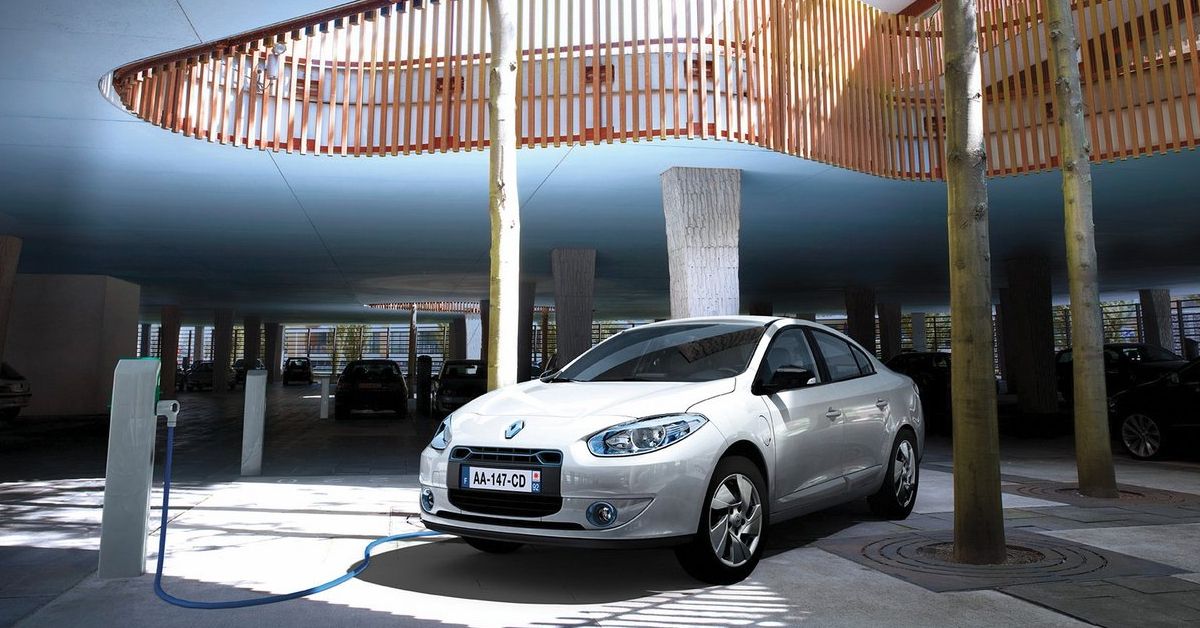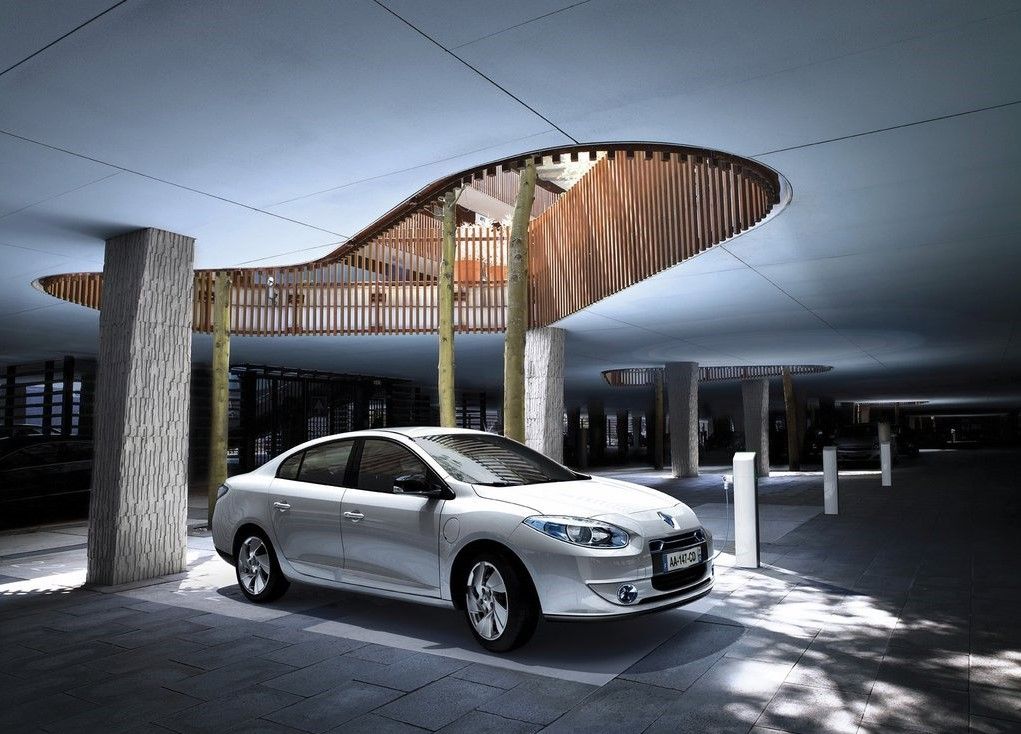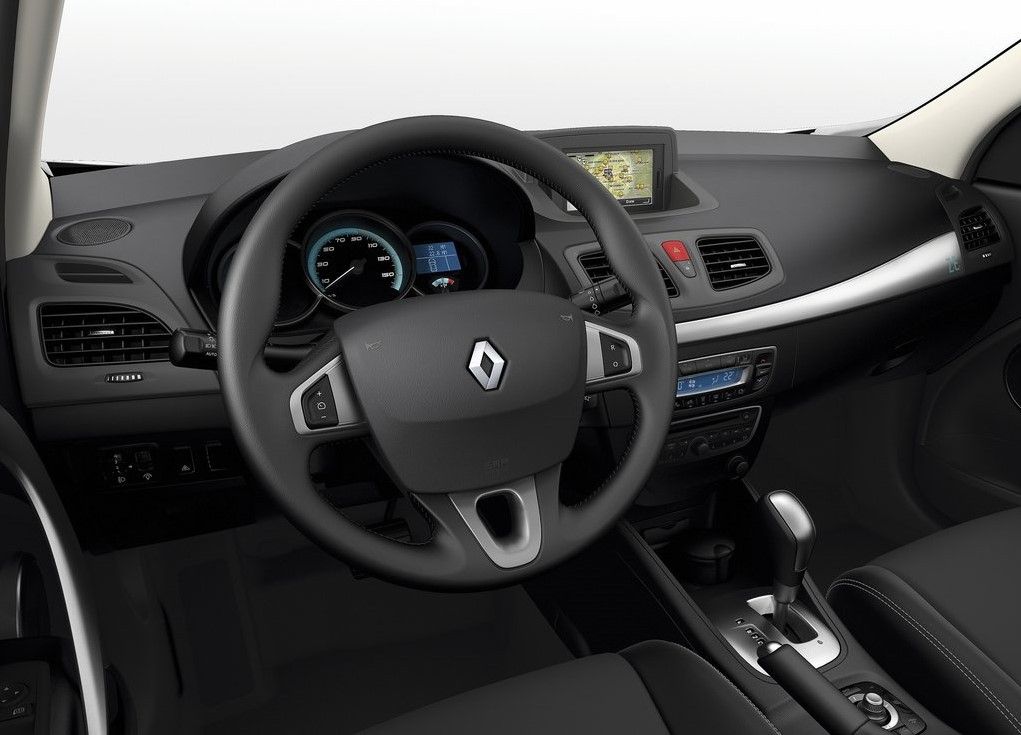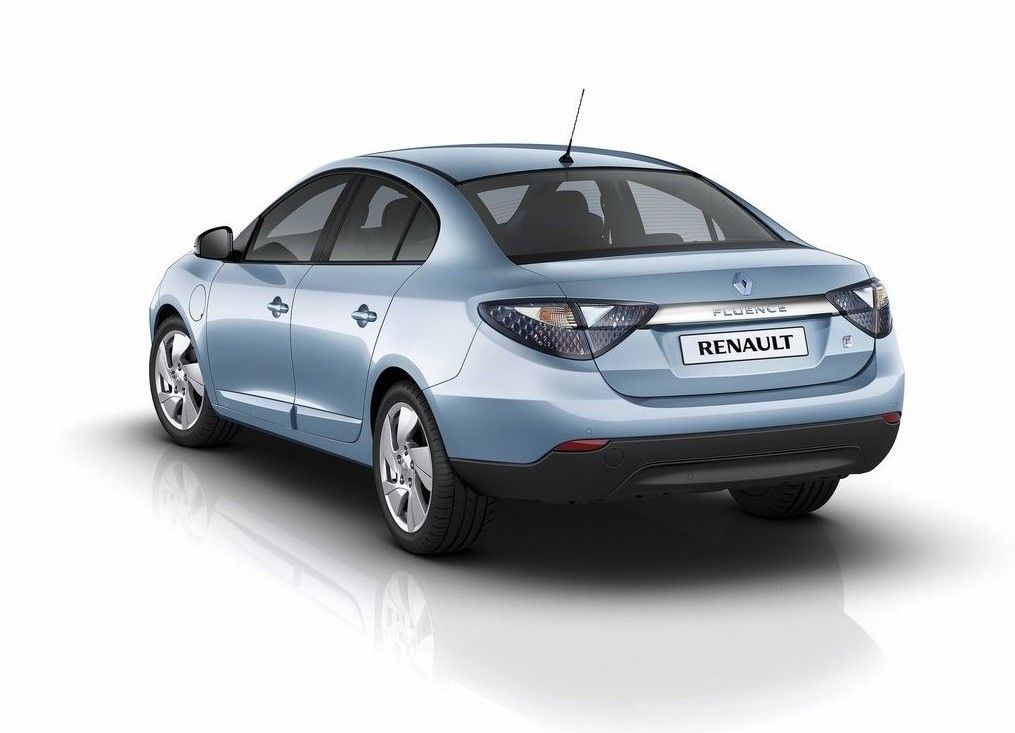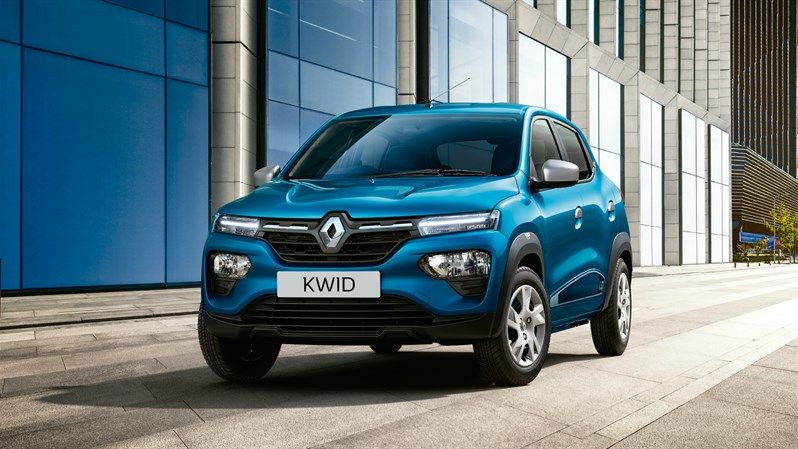It's sad that the Renault Fluence ZE is no longer in production. It's a stylish vehicle that is still a great option for families and anyone who values luxury and comfort.
When the automobile was first introduced in 2011, early buyers gave it positive reviews for its excellent appearance, swank driving, and utility. However, there was a problem when Renault introduced a confusing battery leasing program where owners had to buy the car and lease the battery separately.
The Fluence ZE came with a 'QuickDrop' battery switch system. The idea was that owners could drive into a Quick Drop battery exchange station and switch their flat batteries for a fully charged one in under two minutes rather than rapid-charging the vehicle on longer journeys.
This idea was so brilliant that countries like Israel and Denmark set up the QuickDrop infrastructure. Unfortunately, the company that owned the infrastructure ran out of money and went out of business, leaving Renault with a beautiful vehicle but no quick charging options.
Following that, the vehicle's sales slowed, and in early 2014, Renault pulled the Fluence ZE from the market. Sometimes there are auctions for used Fluence ZE’s, and they sell for a good price.
Let's find out more about the vehicle and how it could have had a huge impact on the EV market.
The Fluence ZE Prioritized Design Over Functionality
The Renault Fluence ZE is a gorgeous, conventional-looking family sedan equipped with an electric motor and battery pack rather than an engine and petrol tank.
If you compare it to the non-electric Fluence, the Fluence ZE is 130mm longer at 4748mm. The reason why it's longer is to allow the 280 kg of lithium-ion batteries to be placed behind the back seats. Renault also altered the front grille design, and the rear bumper features a diffuser.
Additionally, the car uses Goodyear tires with reduced rolling resistance and aerodynamic wheels.
You'll feel at home inside the Fluence if you love the Renault Megane interior. That is to say; it has a swooping dashboard, leather trim, and a comfortable driving posture.
To give you a sense of how effectively you're driving, there is a battery meter (scaled between 0 and 1) in place of a rev counter and a tiny discharge/recharge dial in place of a gasoline gauge. It swings to the right when you put your foot down and to the left when you lift off to allow the regenerative braking to replenish the batteries.
Many of the controls are difficult to understand since there is a strong focus on form over function. Additionally, the steering wheel's reach adjustment is absent, and the battery has taken up much of the cargo space you'd expect in a family vehicle.
Most curiously, for a cutting-edge electric car, there is no normal USB port to connect your iPod or charge your phone, and the sat-nav screen seems pixelated when compared to the screen on any recent mobile phone.
For Performance, The Fluence ZE Doesn't Do So Well
The Fluence ZE is extremely refined. It accelerates smoothly, absorbs road imperfections nicely, and slows down evenly without jerking when you lift off the accelerator.
The good news, however, stops there. While the steering is excellent for driving in the city, it weights up unexpectedly in bends and may writhe awkwardly in your hands as you speed.
The biggest problem with the car is its range. Renault quotes a respectable range of around 115 miles. However, owners have complained that when the Fluence ZE is driven on a typical commute (in very cold conditions), it can fail to travel more than 46 miles on a single charge. To make matters worse, the car has an annoying beeping battery charge alert.
Additionally, they expressed dissatisfaction with the fact that the 22 kWh lithium-ion battery pack in the vehicle might lose up to 5% of its charge when it is left parked overnight.
The Fluence ZE Wasn't The Only Vehicle From Renault That Didn't Perform Well
Although the Fluence ZE has an elegant design, it still had performance issues, and the battery and charging issues made a lot of people avoid it. But that's not the biggest failure of Renault's collection. There's another vehicle that has worse problems than the Fluence ZE.
The Renault Kwid is one of the cheapest ways of getting into a new car. But the vehicle has so many issues. The major ones are engine problems and lack of safety systems. Renault tried to fix some of the problems, but one has to accept that a very affordable vehicle will have a few shortcomings and concessions.
Another issue that most owners have complained about or anyone who has ever experienced the car is the engine noise. Such qualities are typical of larger diesel-powered vehicles. But it isn't easy to accept a vehicle with the dimensions of the Kwid.
As you start to push that big engine hard, the noise becomes more noticeable. The Kwid's engine packs a punch that is energetic enough for a vehicle in its class, but the degree of refinement isn't exactly setting any records.
The issue with noise doesn't end there. The Kwid has a noisy cabin that welcomes all kinds of vibrations while it makes its way around the city. Customers have reported hearing strange sounds while braking, experiencing vibrations from the engine, and in some instances, having the whole vehicle shaken by a rough patch of road.

